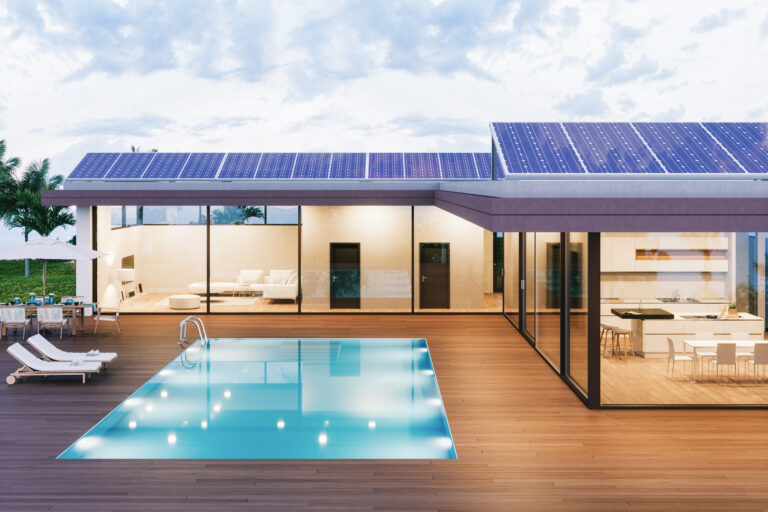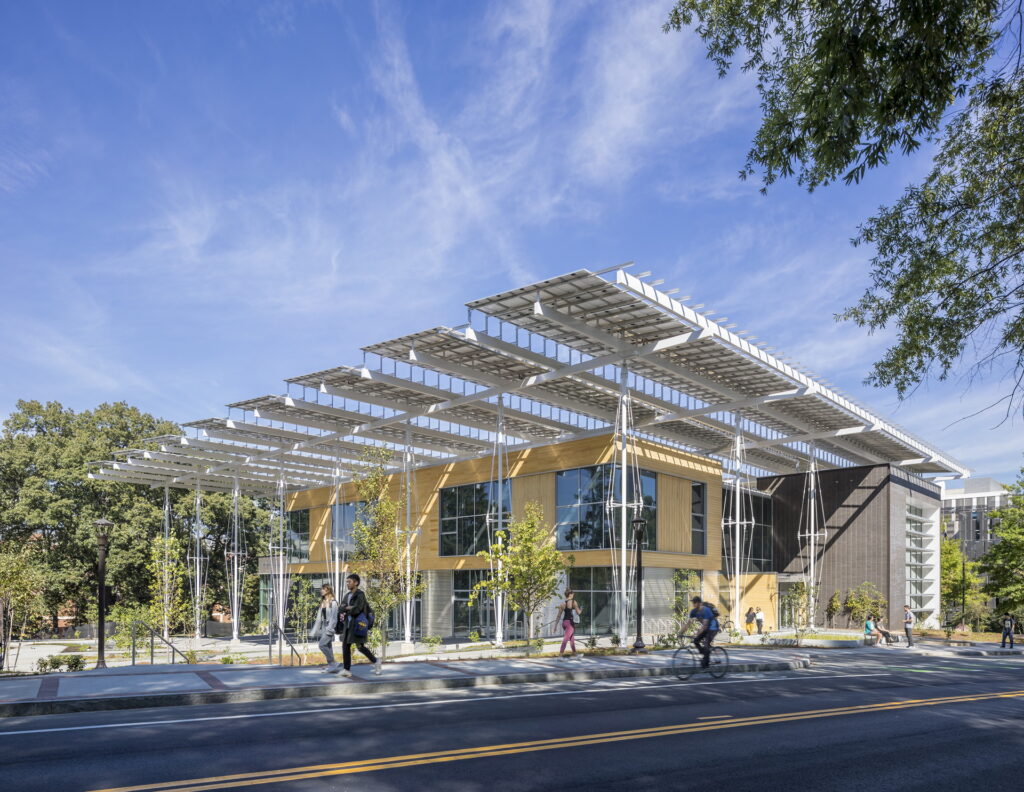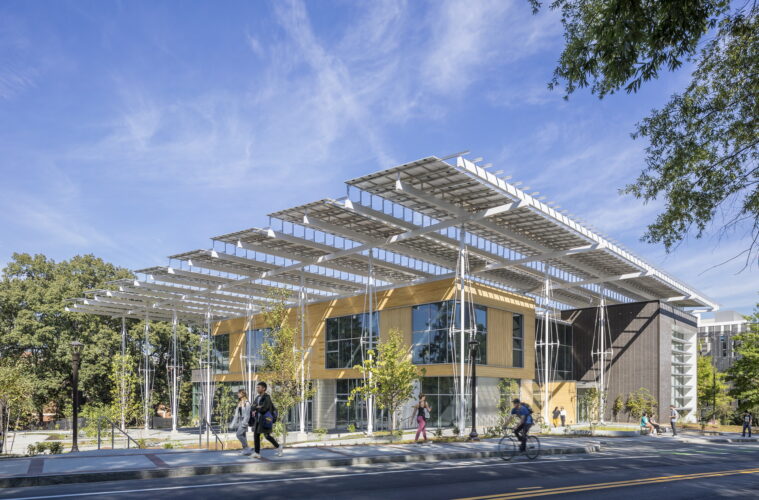As societal tides continue to pivot towards global sustainability practices, contemporary architectural design is undergoing a transformative shift. The incorporation of sustainable materials is no longer a fleeting trend, but a pivotal force in shaping the future of architecture. This evolution marks a crucial step towards preserving the delicate balance between man-made structures and the natural environment.
In an age characterised by escalating climate change concerns, architects are increasingly compelled to achieve architectural excellence in homes through the integration of sustainable elements into their designs. This in-depth examination delves into the historical origins of sustainable materials, their ongoing evolution, and their profound significance in modern architecture. We will explore their defining characteristics, impact on aesthetics, suitability for various applications, and the challenges associated with their utilisation.
The Dawn of Sustainable Materials in Architecture

source: yankodesign.com
Our journey through history reveals a rich tapestry of sustainable materials utilised in architectural feats since antiquity. From the stone, mud, and timber used in ancient structures to the bamboo constructions in Asia, these materials have served as testaments to our age-old reliance on sustainable practices. However, the industrial revolution and population growth led to a decline in their use, replaced by industrial materials like concrete and steel. Fortunately, recent years have witnessed a resurgence of sustainable materials as environmental consciousness takes centre stage in architectural design. Achieving architectural excellence in homes now necessitates the incorporation of sustainable materials not only for their environmental benefits but also for their unique aesthetic and functional qualities.
Characteristics of Sustainable Materials
For a material to be classified as sustainable, it must fulfil specific criteria, including:
- Renewal: Ability to be replenished without depleting natural resources.
- Energy Efficiency: Minimising energy consumption during harvesting, processing, and construction.
- Minimal Environmental Impact: Reducing pollution and ensuring a responsible approach to the environment throughout the material’s life cycle.
By adhering to these principles, sustainable materials offer an innovative path forward, balancing aesthetics, functionality, and environmental responsibility. This approach disrupts conventional architectural narratives, paving the way for a more sustainable future for the built environment.
The Impact of Sustainable Materials on Architectural Design

source: MYMOVE
The introduction of sustainable materials has marked a pivotal turning point in the architectural industry. These materials have successfully merged aesthetic appeal with environmental considerations, leading to the redefinition of architectural excellence in homes. They are becoming integral to architectural concepts worldwide, demonstrating their efficacy in revolutionising the way we design and construct buildings.
Applications and Examples of Sustainable Material Use in Modern Architecture
The use of sustainable materials extends beyond new construction projects and plays a significant role in refurbishing existing structures. From the breathtaking bamboo-made edifices in Asia to the traditional timber houses in Europe, sustainable materials showcase their wide-ranging adaptability and elegance. Moreover, they contribute to fostering healthier environments for occupants. These examples, coupled with countless others across the globe, demonstrate the profound impact of sustainable materials on the industry’s sustainability ethos.
The Challenges and Potential Solutions in Using Sustainable Materials

source: whitepebbleinteriors.com.au
Despite their undeniable advantages, the adoption of sustainable materials comes with challenges, including:
- High initial costs: Sustainable materials may have higher upfront costs compared to conventional alternatives.
- Scarcity of supply: Certain sustainable materials might be readily available in some regions, while scarce in others.
- Durability concerns: There can be misconceptions regarding the durability of some sustainable materials.
However, industry trends offer promising solutions to these challenges. Technological advancements, policy initiatives, and innovative architectural strategies offer hope for overcoming these obstacles. While initial challenges may exist, the industry is moving towards making the use of sustainable materials the norm rather than the exception.
Conclusion

source: Pinterest
The renewed emphasis on sustainable materials within modern architectural narratives reflects the growing importance of environmental responsibility. Today’s constructions embody an amalgamation of aesthetic appeal, functional efficacy, and environmental consciousness. By embracing these materials, architects have the opportunity to contribute significantly to global sustainability efforts and redefine architectural excellence in homes for generations to come.


